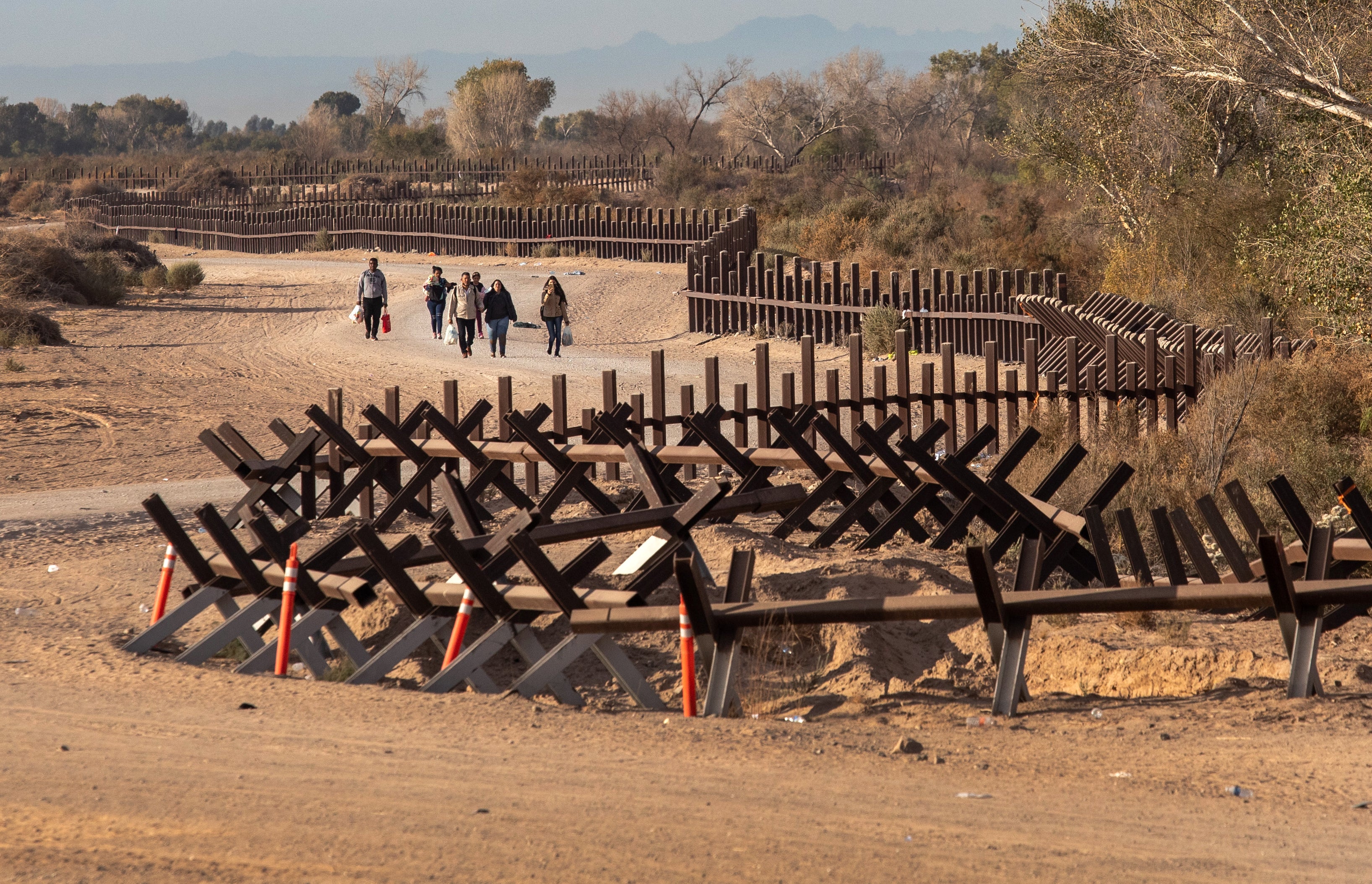Climate crisis increases death risk due to dehydration among migrants crossing US-Mexico border, study says
By 2050, the severe costs of traversing the desert will likely increase by over 30 per cent, say scientists

Deaths of undocumented migrants crossing the US-Mexico border are increasingly clustered in hot and dry areas of the desert region, according to a new study. It has also warned that the risk could become more dangerous in the coming decades with further climate change.
Migrants crossing this border often cover inhospitable terrain where the conditions they encounter can create extreme physiological stress on their bodies and can be deadly, say the researchers, including those from the University of Idaho in the US.
Since official ports of entry to the US are heavily fortified, many migrants attempt to enter the US through remote desert regions.
Over the past few decades, various estimates say thousands of people have died during their journey, with about 350 undocumented migrant deaths in this region reported annually.
Rates of water loss experienced by migrants crossing the border are sufficient to cause severe dehydration, explaining patterns of death across the desert region, found the study, published in the journal Science earlier this month.
Scientists warned that the amount of drinking water carried by a typical migrant is likely not sufficient to prevent severe dehydration, and this deficit could increase as the climate warms.
Based on an analysis of personal accounts of individual journeys across this landscape, the researchers said that in many instances, migrants crossing the border do not have the knowledge to identify a least-cost path of travel.
These personal accounts of surviving migrants also depict experiences of extreme heat stress and dehydration, although studies seeking to understand how these conditions relate to human mortality are lacking, said the scientists.
In the new study, researchers applied models used to study physiological stress in nonhuman animals to predict the impacts of past, present, and future climate on the physiology of people crossing this section of the US-Mexico border.
Their predictions of high physiological risk – particularly from dehydration – to migrants crossing the border between Nogales, Mexico, and Three Points, Arizona, during the summer months coincided with regions of high migrant mortality.
“A disproportionately large percentage of migrant deaths occur in areas where the predicted rates of water loss are highest,” study co-author Ryan Long, associate professor of wildlife sciences, said in a statement.
“Access to sufficient amounts of drinking water to support the high rates of water loss experienced during the journey likely makes the difference between life and death for many migrants,” Dr Long added.
“We find that migrants’ journey will become significantly more dangerous over the next 30 years. By 2050, the already severe costs of traversing the desert will likely increase by over 30 per cent,” study co-lead author Reena Walker explained.
Join our commenting forum
Join thought-provoking conversations, follow other Independent readers and see their replies
Comments
Bookmark popover
Removed from bookmarks